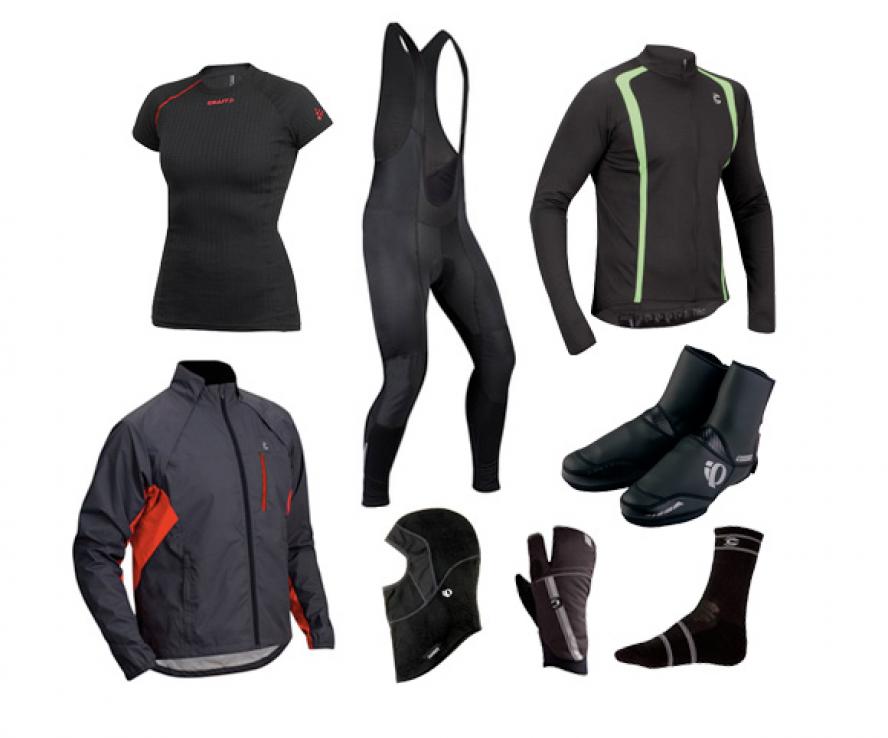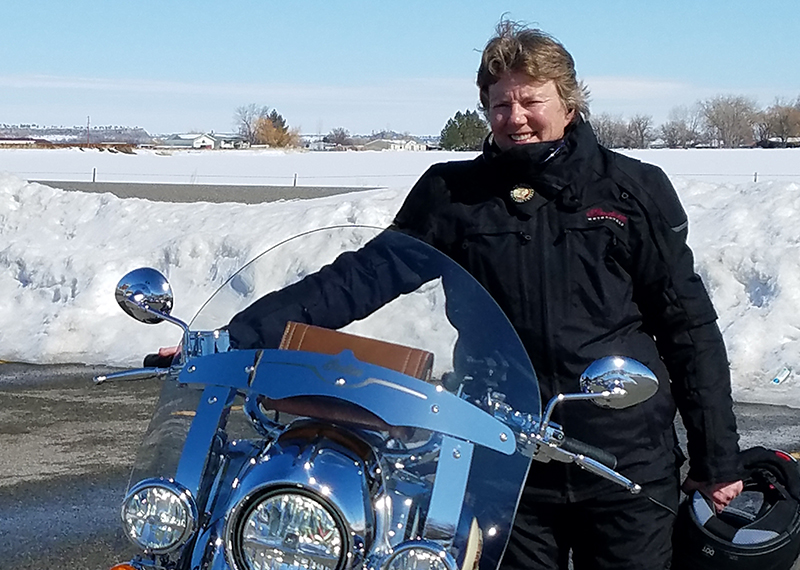
As the temperatures plummet and the crisp winter air bites, the allure of the open road can seem like a distant memory for many motorcyclists. However, with the right gear and preparation, there’s no reason to relegate your motorcycle to hibernation during the colder months. Embarking on a winter motorcycle ride can be an exhilarating experience, offering a unique perspective of the world often hidden beneath a blanket of snow or frost. The key to enjoying these chilly rides lies in equipping yourself with proper cold weather motorcycle gear, transforming your bike into an extension of your warm and comfortable haven.
The Foundation: Base Layers
The foundation of any cold weather layering system lies in the base layer, responsible for wicking moisture away from your skin and trapping a thin layer of warm air next to your body. Merino wool and synthetic fabrics are popular choices for base layers due to their excellent moisture-wicking properties and ability to retain warmth even when wet. Avoid cotton base layers, as they tend to absorb moisture and leave you feeling cold and clammy. When selecting a base layer, ensure a snug fit that follows the contours of your body without restricting movement.
Mid Layers: Trapping the Heat
Mid layers provide the bulk of insulation, trapping body heat and creating a barrier against the cold. Fleece jackets and down jackets are popular options, offering varying levels of warmth depending on the thickness and fill power. Fleece is lightweight, breathable, and dries quickly, making it ideal for active riding. Down jackets, on the other hand, provide exceptional warmth due to their high loft and compressibility. Choose a mid layer that suits your riding style and the expected temperatures.
Outer Shell: Defending Against the Elements
Your outer layer serves as the final line of defense against the elements, protecting you from wind, rain, and snow. Waterproofing, windproofing, and breathability are crucial factors to consider when selecting an outer jacket and pants. Look for jackets with a durable outer shell and a waterproof liner, such as Gore-Tex or a proprietary brand like TCX’s T-Dry membrane. Ensure the jacket features adequate ventilation to prevent overheating during exertion. Pants should also be waterproof and windproof, with reinforced panels at key areas for added protection.
Protective Gear: Keeping Extremities Warm
Your hands, feet, and head are particularly vulnerable to the cold, requiring specialized protection. Insulated motorcycle gloves are essential, with options ranging from lightweight liners to gauntlet-style gloves for extreme cold. Windproof and waterproof construction is crucial, along with adequate insulation to retain warmth. Heated gloves offer an extra layer of warmth for those who frequently ride in frigid conditions. For your feet, invest in insulated motorcycle boots that provide both warmth and protection. Waterproofing is essential to prevent cold water from seeping in, while reinforced areas around the ankles and toes offer added protection. A good helmet should also incorporate insulation and a windproof face shield to keep your head and face warm. Consider a balaclava or neck warmer for extra protection against the elements.
Additional Accessories: Enhancing Comfort
A few additional accessories can further enhance your cold weather riding comfort. A neck warmer or balaclava protects your neck and face from the wind and cold, while a scarf can provide additional warmth and style. Heated gear, such as vests, gloves, and socks, offers an extra boost of warmth for those who brave the coldest conditions. Rain gear is always a wise addition, even in cold weather, as unpredictable showers can quickly turn a pleasant ride into a chilly one.
Layering Techniques: Mastering the Art of Insulation
Layering is the key to achieving optimal warmth and comfort while riding in cold weather. Start with a base layer that wicks moisture away from your skin, followed by a mid layer that provides insulation. Adjust the number of mid layers based on the temperature and your personal warmth needs. Finally, top it off with a waterproof, windproof outer layer that protects you from the elements. As the temperature fluctuates throughout the ride, be prepared to adjust your layers accordingly. Add or remove layers as needed to maintain a comfortable body temperature.
Riding Practices for Cold Weather
Adapting your riding style to cold weather conditions is essential for safety and comfort. Reduce your speed and allow for increased stopping distances due to reduced traction on cold or icy roads. Take breaks more frequently to warm up and avoid hypothermia. Stay hydrated by drinking plenty of water, even though you may not feel thirsty. Dehydration can occur more quickly in cold weather due to increased respiration and reduced fluid intake.
Gear Maintenance: Keeping Your Gear in Top Condition
Proper care and maintenance of your cold weather motorcycle gear will extend its lifespan and ensure it continues to perform effectively. Regularly clean your gear with mild soap and water to remove dirt, grime, and road salt. Avoid harsh chemicals or cleaners that can damage the materials. Allow your gear to air dry completely before storing it. For waterproof gear,
Embrace the Ride, Year-Round
With the right cold weather gear and a little preparation, you can extend your riding season and experience the thrill of motorcycle riding throughout the year. Remember, there’s no such thing as bad weather, just bad gear choices. By investing in high-quality cold weather motorcycle apparel and following the tips outlined above, you can transform your motorcycle into a toasty haven, allowing you to conquer the winter roads with confidence and comfort. So, gear up, embrace the chill, and discover the unique beauty of the world on two wheels during the colder months.
A Sample Cold Weather Riding Gear Shopping List
Here’s a sample shopping list to get you started on building your cold weather motorcycle gear arsenal:
Base Layers:
- Merino wool or synthetic base layer top (long or short sleeve depending on preference)
- Merino wool or synthetic base layer bottoms (long johns)
Mid Layers:
- Fleece jacket (lightweight or heavyweight depending on climate)
- Optional: Down jacket (for extreme cold)
Outer Layers:
- Waterproof and breathable motorcycle jacket with removable thermal liner (Gore-Tex or similar)
- Waterproof and breathable motorcycle pants with reinforced knees and seat
Protective Gear:
- Insulated motorcycle gloves (lightweight or gauntlet style)
- Optional: Heated motorcycle gloves (for extreme cold)
- Insulated motorcycle boots (waterproof and with reinforced areas)
- Full-face helmet with windproof face shield
- Balaclava or neck warmer
Leave a Reply